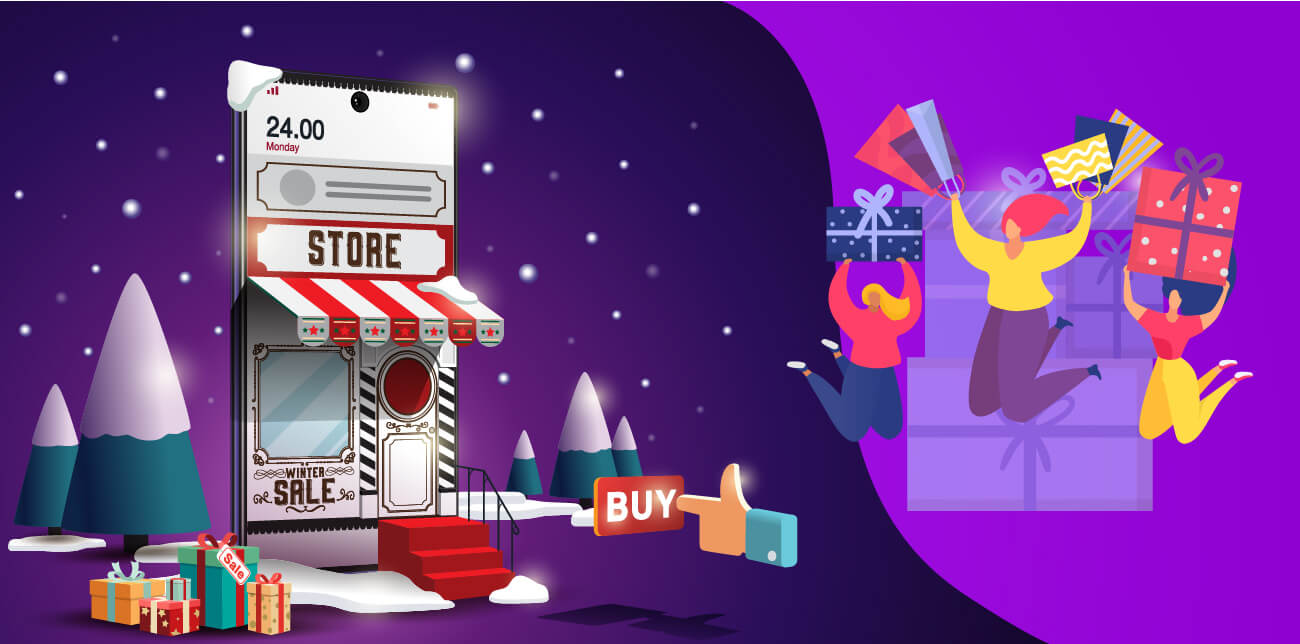Personalized messaging across SMS, Viber, and WhatsApp significantly boosts engagement and conversions, with SMS open rates...
How Retail Business Intelligence Can Redefine Customer Experience
Retail business intelligence (BI) has revolutionized the retail industry, allowing retailers to make intelligent and profitable...
Retail customer experience best practices in the post-COVID-19 era
Providing an assistive customer journey and foretelling customer needs is a catalyst for exponential growth, as 89% of...
Valentine’s Day Retail Best Practices to steal your customers’ hearts.
Who doesn't love Valentine's Day? If you're an online retailer, you already know that the international celebration of true love...
Retail Best Practices: Nailing your Holiday Marketing
As we step into 2024, the retail industry continues to evolve, adapting to the ever-changing consumer landscape. The challenges...
How to Use QR Codes in Retail: Best Practices for Optimal Customer Experience
To deliver exceptional next-generation in-store experiences, retailers must bridge the gap between the digital and physical...
Get retail insights and customer engagement tricks delivered to your inbox.
By entering your email address above and clicking Register, you consent to receive marketing communications from ContactPigeon. You can unsubscribe from our marketing emails at any time by clicking on the “Unsubscribe” link at the bottom of our emails. For more information on how we process your personal data and rights in this respect, please see our Privacy Policy.








